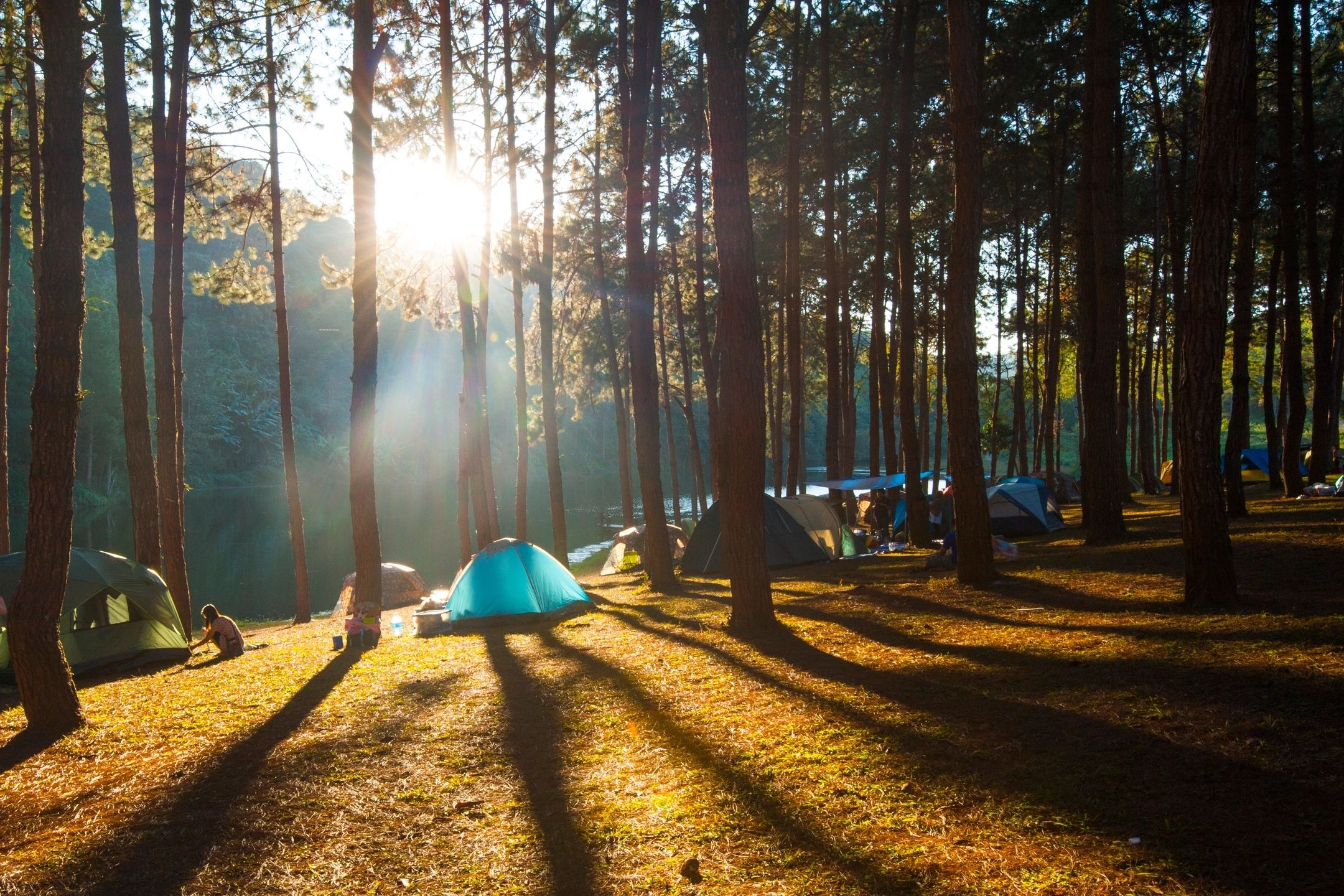Introduction
Welcome to the world of camping, where adventure meets serenity and nature becomes your playground! As an experienced camping enthusiast and self-proclaimed expert, I’m excited to share with you a step-by-step guide to help you embark on your first camping journey. Whether you’re an outdoor enthusiast seeking an adrenaline rush or a nature lover craving tranquility, camping has something to offer for everyone. So, let’s dive into the basics of how to go camping and create memories that will last a lifetime.
- The Difference Between Fall, Winter, Spring, and Summer Camping
Before you plan your camping trip, it’s crucial to understand the differences between camping in different seasons. Fall offers vibrant foliage and cooler temperatures, making it ideal for hiking and cozy campfires. Winter camping can be challenging but rewarding, providing a unique experience with snow-covered landscapes and serene solitude. Spring brings blooming flora and milder weather, while summer offers longer days and opportunities for swimming and water activities. Choose the season that aligns with your preferences and comfort level.
- The Difference Between Sleeping in a Tent and in a Hammock
Camping accommodations vary, with tents and hammocks being the two primary options. Tents provide shelter and protection from the elements, making them suitable for all seasons. They offer privacy and space for storing gear. On the other hand, hammocks provide a lightweight and comfortable alternative, perfect for warm weather camping. They offer a unique sleeping experience, suspended above the ground, which can be incredibly relaxing. Consider your camping destination and climate to decide which option best suits your needs.
- Finding A Good Camping Spot
Choosing the right camping spot is essential for a successful trip. Look for level ground away from potential hazards like falling branches or flooding areas. Consider factors like proximity to water sources, natural beauty, and access to hiking trails. If camping in a designated campsite, follow park rules and regulations, and make a reservation if required.
- The First Thing You’ll Need: Camping Gear
To embark on your camping adventure, the first thing you’ll need is proper camping gear. Essential items include:
a. Tent or Hammock: Choose one that suits your camping preferences and season.
b. Sleeping Bag and Sleeping Pad: Invest in a sleeping bag with the appropriate temperature rating for your camping season, and pair it with a comfortable sleeping pad for a good night’s sleep.
c. Backpack: Select a backpack that fits your body comfortably and has enough room to carry all your gear.
d. Clothing: Pack appropriate clothing for the weather conditions, including moisture-wicking base layers, insulating mid-layers, waterproof outer shells, extra socks, and a warm hat.
e. Camping Stove and Cookware: Bring a portable camping stove and lightweight cookware to prepare delicious meals at the campsite.
f. Lighting: Pack headlamps or lanterns to illuminate your campsite during the night.
g. First Aid Kit: Ensure you have a basic first aid kit to handle minor injuries and medical needs.
- Tying Camping Knots
Knowing how to tie essential camping knots is a valuable skill. Learn simple knots like the bowline, clove hitch, and taut-line hitch to secure your tent, hang food away from animals, and set up tarps for shelter. Practice tying knots before your camping trip to build confidence in using them in the field.
- Camp Cooking Techniques
Camp cooking can be a delightful experience, but it requires some planning and preparation. Here are some essential camp cooking techniques:
a. Meal Planning: Plan your meals ahead of time and pack non-perishable food items for convenience.
b. Food Storage: Keep perishable food in a cooler with ice packs to prevent spoilage.
c. Campfire Cooking: If allowed and experienced with campfires, cooking over an open flame can be a fun experience. Use a grate or cookware suitable for campfire cooking.
d. Camping Stoves: Portable camping stoves are a reliable and efficient option for preparing meals. Follow the manufacturer’s instructions for safe and efficient use.
e. Clean Up: Practice Leave No Trace principles by cleaning up after meals, properly disposing of waste, and leaving your campsite as you found it.
Frequently Asked Questions
- Do I need camping experience to go camping?
No prior camping experience is necessary to start camping. Begin with short trips to familiarize yourself with the basics and gradually expand to longer and more challenging adventures.
- What are some essential items to pack for camping?
Essential items to pack for camping include a tent or hammock, sleeping bag, sleeping pad, backpack, appropriate clothing, camping stove and cookware, lighting, first aid kit, and camping essentials like a knife, compass, and map.
- Is it safe to camp in the wilderness?
Camping in the wilderness can be safe if you take necessary precautions. Choose well-traveled areas, inform someone about your camping plans, and be prepared for changing weather conditions.
Conclusion
Congratulations! You’re now equipped with the knowledge to kickstart your camping adventure. Remember to choose the right season, select appropriate camping gear, and consider the differences between tents and hammocks. Find a good camping spot, master essential camping knots, and practice camp cooking techniques. Embrace the outdoors with confidence and immerse yourself in the beauty of nature. Whether you choose a serene hammock or a cozy tent, camping will undoubtedly become your favorite escape from the hustle and bustle of everyday life. Happy camping, and may your journey be filled with unforgettable moments and a deeper connection to the great outdoors!
